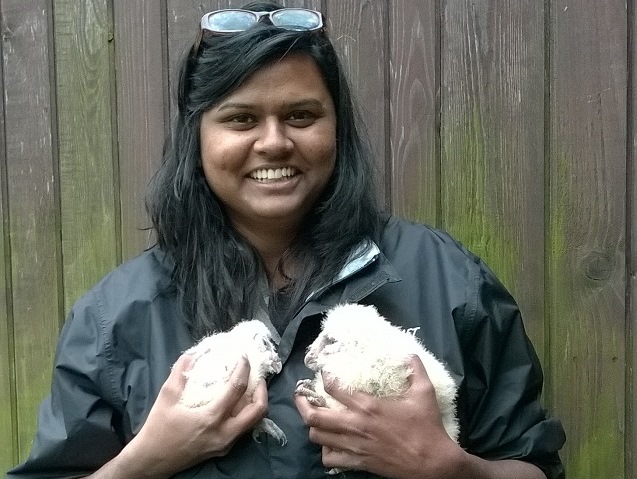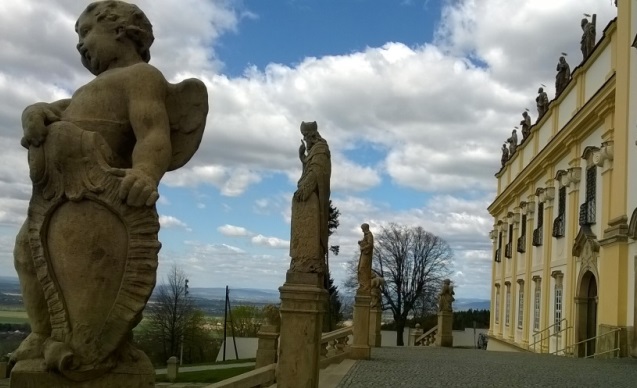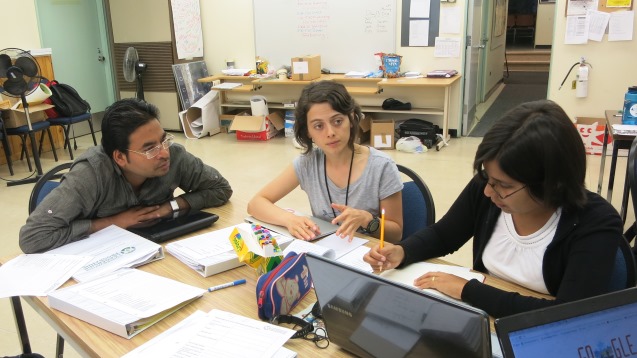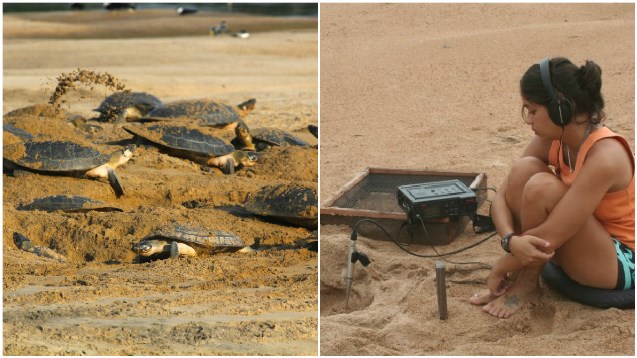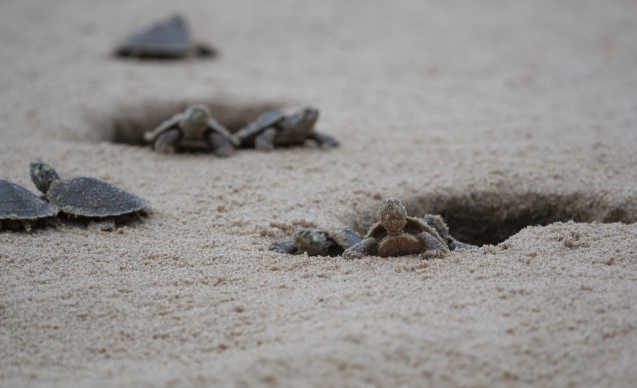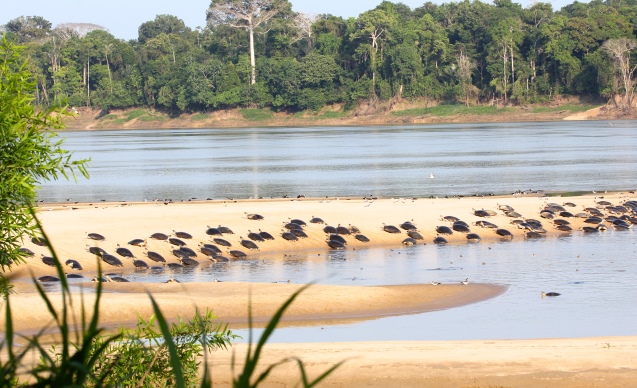By: Martina Anandam (India)
Last year I hosted my friend and fellow CLP alumnus, Felipe Ennes Silva, for a CLP Learning Exchange Programme in India. The experience provided many stories to tell over dinner and on rainy nights. This year, I won a CLP Travel Grant to present at two conferences in the Czech Republic. I resolved to make this trip a lasting adventure and an experience equally fit enough to be etched in my memory.
Petr Colas, my friend and Director of Ostrava Zoo in the Czech Republic invited me to attend the Old World Monkeys Meeting at Ostrava Zoo and the Prosimian Taxon Advisory Group (TAG) Meeting. I readily accepted his invitation. After a 20 hour flight, I was very happy to shed off the accumulated claustrophobia and march into Prague. Lined with historical sites on one side and graffiti ridden walls on the other, the city is a perfect conglomeration of the present and days gone by. Jana, the primate curator of Ostrava Zoo picked me up and kindly drove me to Prague Zoo. We were to spend the day there and be amused! I enjoyed looking at the polar bears, orang-utans and the nocturnal primate exhibits. I am not much of a zoo enthusiast but this was an extraordinary experience. After a tired day at the zoo, Jana drove me to my destination, Ostrava Zoo.
Ostrava is a city about 280 km from Prague and a good four hour drive away. I was only too happy to settle down to sleep when my interest was piqued by the sound of a constant chatter. I soon discovered that I was right next to the flamingo exhibit. The beautiful Ostrava Zoo, established back in 1948 was then 6 hectare property. It is now a booming zoological park of 350 animal species spread over 100 hectares. The speciality of Ostrava Zoo is its Himalayan exhibit, Chitwan, which houses Himalayan black bears and Himalayan langurs. All langurs were faithfully christened with Indian names such as Shiela, Delhi and Balachandra with the fair exception of Baruska, Balachandra’s mom. This is a good example of globalization, a Czech mom with an Indian son!
The Old World Monkey conference was a wonderful opportunity to meet and interact with zoo keepers and zoo biologists from all over the country. It was insightful to learn the nuances of captive breeding and management and opened up a whole new vista for me. The opportunity to present my work on the Himalayan langur and reiterate the importance of on-the-ground conservation was encouraging. The Prosimian TAG Meeting was equally interesting and I got to meet up with some of my old professors at the lovely Plzen Zoo. The conference offered an opportunity to meet with potential donors from zoos from all over Europe, providing me with a platform to make my case for conservation in the Himalaya. I am extremely thankful for the fundraising opportunity.
While the conferences demanded my attention, I managed little escapades to Zlin and Olomouc zoos. Zlin is a beautiful city and the heart of the world famous Bata factory. My time in Zlin was further spiced up when the zoo keepers kindly allowed me to feed the Bactrian camels and the gentle tapirs as well as tape the ‘behind-the-scenes’ action as they vaccinated meerkats and bathed elephants. A visit to Olomouc Zoo was the cherry on my travel cake. Olomouc Zoo, located right next to a world famous Basilica, is set right in the middle of a postcard town. I took a break from the zoo and had a little sojourn to the Basilica. The old age church, built to fulfil a promise to a patron saint, was full of history and art and more than I could have asked for to complete my eventful afternoon.
I was happy to get back to my mountains in India as we have a lot to do there from keeping black bears from farms to studying new species of langurs across the Himalaya! (Read more of our work here).
The places I’ve been to visit, the people I met and the lovely memories will forever linger in my mind. A CLP Travel Grant made this possible and I am forever grateful. I hope all CLP alumni get to realize such adventures and experiences through these useful grants! Thank you, CLP!

